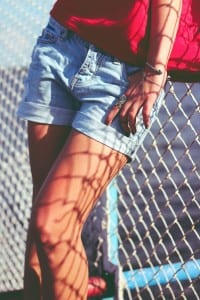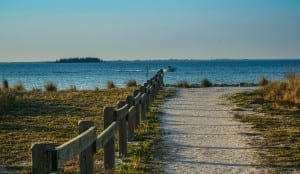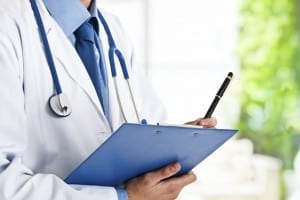 For many patients who have been diagnosed with varicose veins, the consideration of treatment options can be an overwhelming process. Dr. Richard Bragg of Orlando vein center, Florida Vein Center, will personally consult with you to verify your diagnosis and walk you through the available treatment options that will suit your specific needs. You may be pleasantly surprised to know that not all varicose vein treatments require the use of heat.
For many patients who have been diagnosed with varicose veins, the consideration of treatment options can be an overwhelming process. Dr. Richard Bragg of Orlando vein center, Florida Vein Center, will personally consult with you to verify your diagnosis and walk you through the available treatment options that will suit your specific needs. You may be pleasantly surprised to know that not all varicose vein treatments require the use of heat.
One of the biggest concerns that patients seem to have is the use of lasers and other heat-related therapies. This concern stems from the use of general or local anesthesia with even more apprehension being expressed about heat disrupting the tissues around the varicosities. Anxiety about either of these may deter the patient from seeking treatments that are necessary to restoring vein health.
Heat-related therapies include a minimally-invasive treatment option where radio waves or radio frequencies are introduced to the diseased vein, and an ablation of the superficial vein is performed. Guided through a small catheter, the radio-wave energy is introduced through a small incision in the affected vein, resulting in the vein being sealed off through the heat generated. Endovenous laser therapy is also a form of ablation. However, as its name suggests, a laser pulse is used to generate the heat required to seal off the damaged vein. In both cases, the diseased veins are eventually reabsorbed into the body.
There is no general anesthesia required for these procedures other than a minor injection of a numbing agent, usually lidocaine, at the procedure site or sites. Depending on the severity, a mild sedative might be prescribed. Patients can usually return to normal activity immediately after any of the above minimally-invasive procedures. Some patients, though rare, have reported experiencing minimal bruising, swelling, or scarring.
A non-heat related therapy, sclerotherapy is a treatment that doesn’t use any laser or energy sourced heat. It combines ultrasound guidance to the superficial diseased veins that are then typically injected with a liquid or foam that promotes the collapse of the veins, which are ultimately reabsorbed by the body. Local anesthesia is typically all that is required for sclerotherapy.
Another non-heat sourced treatment for some patients is wearing physician-prescribed compression hosiery. These stockings are available in a range of compression strengths based on the severity of the varicosities and size of the patients. Compression hose often alleviate the symptoms attributed to varicose veins, and, for some patients, no other treatment is necessary unless the condition worsens.
If you’ve been diagnosed with varicose veins, or suspect that you have them, contact Dr. Bragg and the outstanding Orlando vein center staff at Florida Vein Care. We are experts in the diagnosis and treatment of varicose veins, and you deserve to know the details of all of the available treatment options. Contact us at (407) 805-8989 today for an appointment. Don’t put it off any longer. Your vein health is too important.







